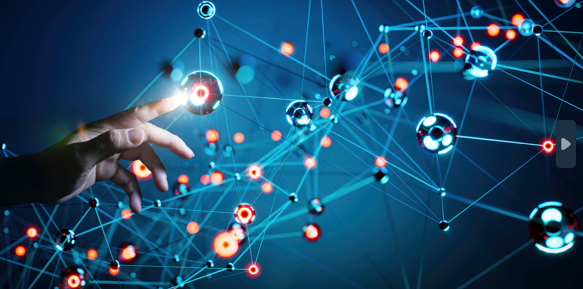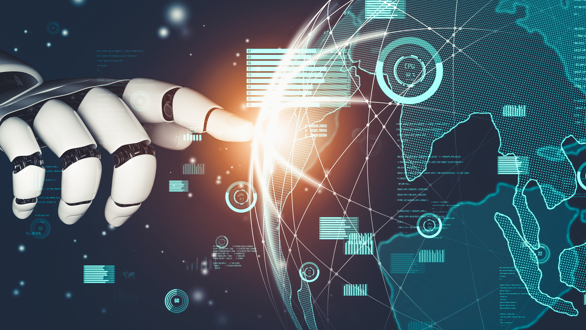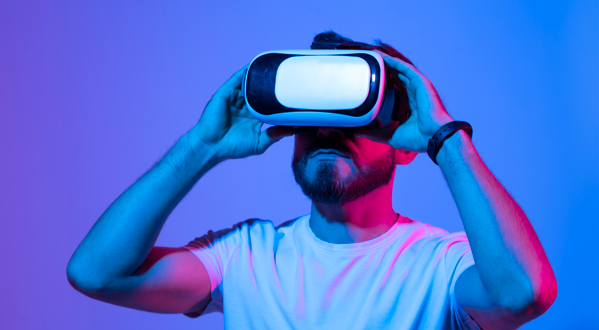Unlike the metaverse, the mirrorworld is not a fictional world but a faithful representation of reality or, more often, a part of it. The main difference from the metaverse is that in the mirrorworld, the objects present are accurate representations of real ones, both in terms of size and functionality. In some cases, they are true digital twins that behave exactly as they would in reality.
Mirrorworld: Digital, yet Faithful to Reality
In essence, a Building Information Model (BIM) is a mirrorworld of a physical structure, but the concept can be expanded to other areas. For example, simulating traffic with traffic lights that react following the same rules as real ones, simulating an airplane and all its components (including controls and engines with simulated functionality), or an entire factory where the digital twins of machinery have the same characteristics as their real counterparts, allowing for simulating their operation over time.
This enables the anticipation of potential failures or breakdowns, enabling scenarios of predictive maintenance that can save significant costs for companies. By anticipating potential failures and intervening on time, machine downtime can be minimized.
As the name suggests, a mirrorworld differs from the metaverse in that the former is a virtual representation of reality that strives to be as close as possible to the simulated real world, while the latter is a world where fictional elements can be present and can be entirely imaginary.
Some Examples
A very ambitious example of a mirrorworld is the AR Cloud, defined by its creators as “a three-dimensional and persistent copy of the real world” or, more technically, “a scale representation of the world understandable by machines and constantly updated in real-time.”
In many ways, Google Earth is also a mirrorworld. It is a virtually complete map of the planet, including most buildings, although many are automatically generated by the computer. What it lacks is the ability to freely navigate this world, explore buildings, and interact with objects, whether they are chairs, traffic lights, or cars.
The Street View feature allows some form of exploration, albeit in a less sophisticated manner. It allows for somewhat free movement on the streets, although in a “quantized” way – in predefined steps and not smoothly like in other worlds – and the ability to visit some structures, such as the British Museum, the Louvre, or the Uffizi Gallery.
Over time, virtual worlds, including mirrorworlds, will become a common part of our daily lives, just as Google Maps have. They will provide their users with what we would have called “superpowers” just a few years ago, like a character in a video game. When integrated with wearable devices, they will provide contextual information about our surroundings.
Passing by a museum, wait times for entry will be indicated, and tickets can be booked without even going through a cashier, using an app. Approaching a public transportation stop will display the lines that pass through it, their routes, and schedules.


